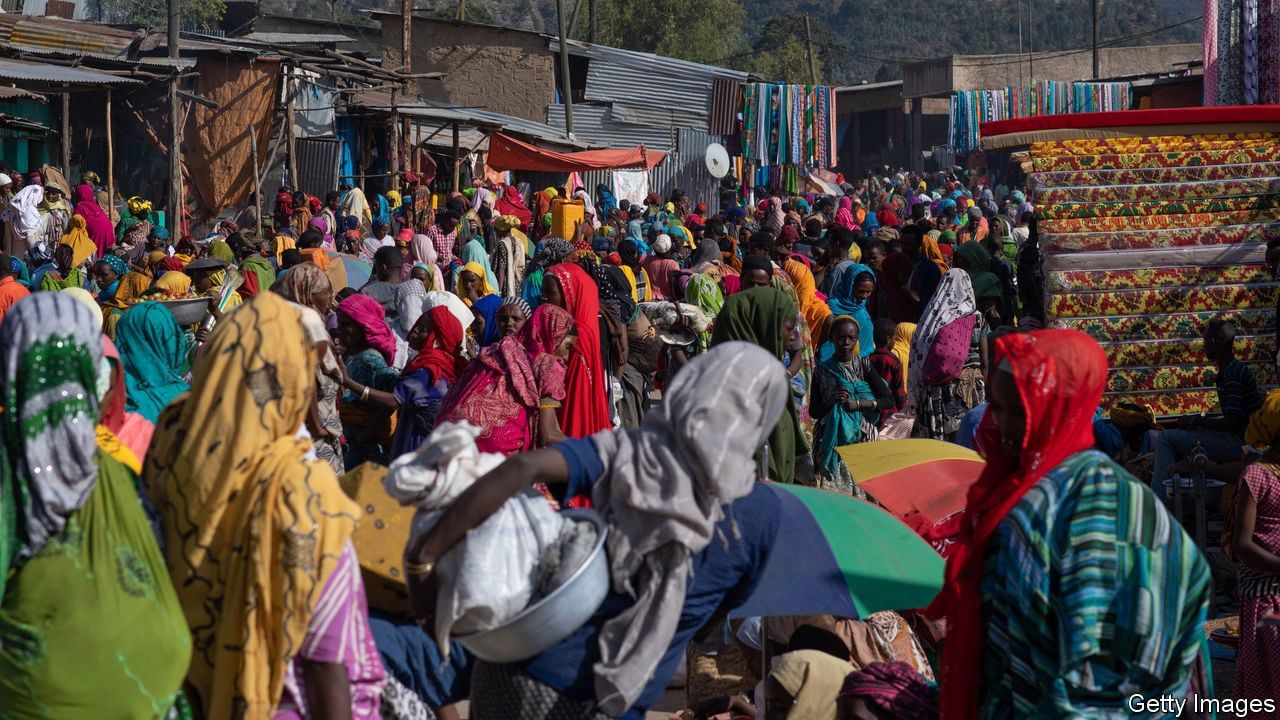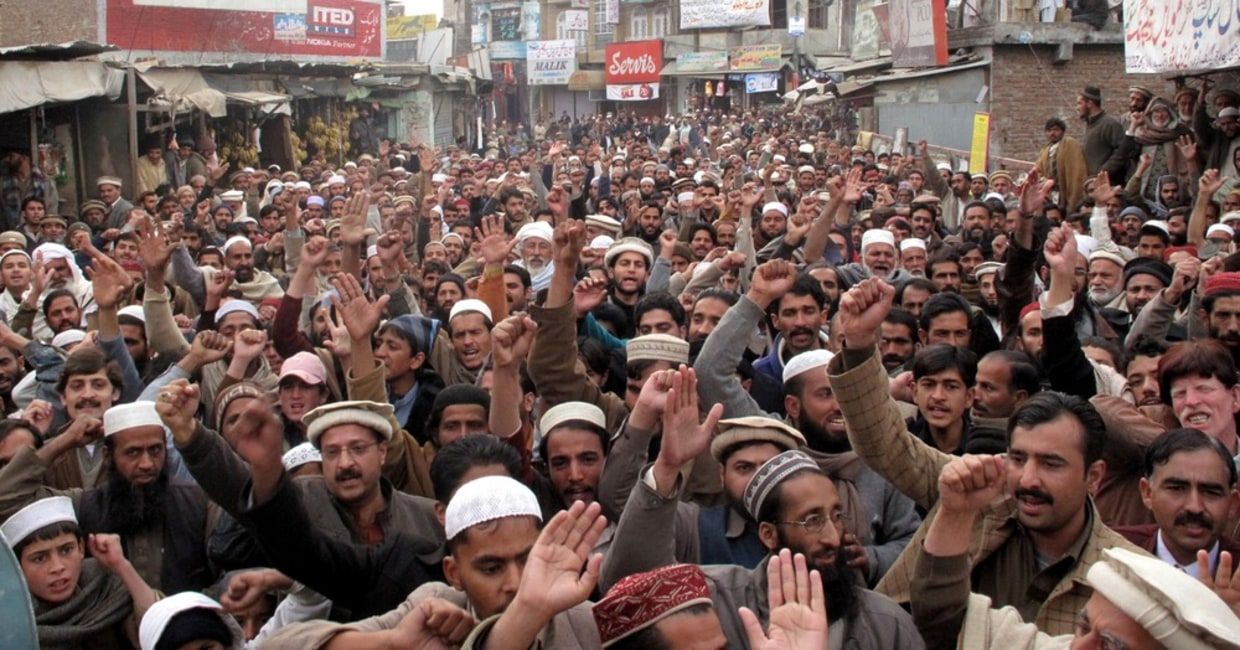Ever wanted to know where parts of the earth most people live in? “Top Ten Most Populated Countries In The World 2025” invites you into the dynamic, always changing realm of world population. It focuses on the countries with the highest populations in 2025, therefore highlighting a basic chapter of our shared human history. These are living pictures of families expanding, people moving, and cities humming with life, all molded by birth rates, new possibilities, and urban sprawl; they are not simply cold figures. This is for everyone who has ever stopped to consider how millions of millions of people affect the pulse of economies, the diversity of cultures, or the burden on resources of Earth. This issue draws from the most recent estimates to highlight the nations setting the trend as 2025 marks a tipping point in demographic changes. This is an opportunity to relate to what these leaders signify for actual people today as well as what they whisper about our shared future. Thid provides a window into the life behind the world’s population giants and their location on our linked planet, therefore allowing a closer view of the human dynamics driving these rankings. Come discover the whole human story of these vibrant countries.
Top Ten Most Populated Countries In The World 2025
10. Ethiopia: Rising Star from Horn of Africa

Nestled in the Horn of Africa, Ethiopia ranks tenth among all the most populous nations in 2025 at a projected 135,472,051. Surrounded by Eritrea, Djibouti, Somalia, Kenya, South Sudan, and Sudan, this landlocked nation boasts a rough topography with mountains, plateaus, and the Great Rift Valley. Hosting the African Union headquarters, Addis Ababa, its capital, also serves as a diplomatic center. With Amharic as the official language among Oromo and Tigrinya, the population is a vivid mix of more than eighty ethnic groups. Driven by high birth rates, a young population fuels its explosive increase. With coffee exports leading the way, agriculture rules the economy; recent industrial expansion points to Ethiopia’s desire to attain middle-income status. From the distinctive 13-month calendar to historic sites like the UNESCO jewel Lalibela’s rock-hewn churches, Ethiopia excels culturally in old traditions. There is natural beauty added by the Simien Mountains and Blue Nile Falls. Although regional wars and drought have lately brought difficulties, infrastructure developments and foreign investment point to a bright future among changes in world population.
9. Russia: A Powerhouse Spreading Outward

With a 2025 population of about 143,997,393 Russia, spanning Eastern Europe and Northern Asia, ranks tenth. Bound by countries like Norway, China, and Ukraine, this is the biggest nation in the world by landmass spanning 1 time zones. Moscow is the beating core of its terrain, which spans Arctic tundra to Siberian woods and the temperate Black Sea coast. Geographically, Russia struggles with an aging population and low birth rates, unlike many of the other growing nations on our list. Spoken among its varied ethnic tapestry, Russian is the main language. While diversification into technology picks momentum, the economy depends on large natural resources—especially oil and gas. Culturally, Russia’s legacy consists in literary masterpieces like Dostoevsky, famous ballet, and monuments including the Kremlin and Lake Baikal, the planet’s lowest lake. While internal efforts concentrate on stabilizing population trends and increasing economic resilience in 2025, recent geopolitical tensions especially with Ukraine has changed its global posture.
8. Bangladesh: Density and Dynamism

At the Ganges-Brahmaputra delta, Bangladesh, a South Asian country, ranks sixth with over 175,686,899 people projected for 2025. Bound by India and the Bay of Bengal, its level, rich ground supports one of the highest population densities in the world; Dhaka is its busy city. Mostly Bengali, the community is bonded by their language and rich Islamic background. Its demographic story is shaped by high birth rates and limited land resources. Economically, the clothing sector drives development that brings millions of people out of poverty; infrastructure initiatives like the Padma Bridge improve connectivity. Culturally, Bangladesh presents Sundarbans mangrove forest, a hotspot for biodiversity, and literary traditions and music. One appealing beach length is Cox’s Bazar. Recent initiatives address climate vulnerabilities include flooding, thereby balancing population demands with sustainable development in the environment of 2025.
7. Brazil: Titan from South America, Vibrant

Dominating South America, Brazil ranks seventh with a population projected for 2025 of around 212,812,405. With Brasilia as its modern capital, its large area encompasses the Amazon rainforest, Pantanal wetlands, and Atlantic coastlines, bordered every South American nation except Chile and Ecuador. Brazil has a young population and speaks Portuguese from a melting pot of European, African, and indigenous traditions. With soybeans and cattle as world exports, the economy depends on services, mining, and agriculture; sustainability is still very important. Culturally, Brazil bursts in samba, Carnival celebrations, and football frenzy. Millions come to sites like Christ the Redeemer and Iguazu Falls. Although inflation and other economic challenges abound in recent years, Brazil’s influence in world trade and demographics guarantees its 2025 position.
6. Nigeria: Leader of Population in Africa

With a population of around 237,527,782 in 2025, Nigeria, the powerhouse from West Africa, comes in sixth. Rising from Niger, Chad, Cameroon, and Benin, its territory runs throughout the Niger Delta, rainforests, and savannas with Abuja as its intended capital. Reflecting colonial ties, over 250 ethnic groups—including Hausa, Yoruba, and Igbo—speak English officially. With high fertility rates driving its explosive expansion, this country is now the most populous in Africa. Driven by oil, agribusiness and a growing tech scene augment the economic engine. Culturally, Nigeria shines with Nollywood movies, Afrobeat music, and historical landmarks like the old walls of Kano. Though security and governance are recent issues, its young population places it as a major actor in African influence and 2025 population trends.
5. Pakistan: A South Asian Explosion

Fifth on the list is Pakistan, with a projected 255,219,554 population by 2025. Straddling South Asia, it runs from India, Afghanistan, Iran, and China with views from the Karakoram heights to the Indus River lowlands. The capital of Islamabad, exhibits contemporary architecture. Spoken among many ethnic groups including Punjabis and Sindhis, Urdu and English are official languages. Growing numbers of births and a young population drive development. With textiles and technology on the upswing, agriculture grounds the economy using its strategic location. Culturally, Pakistan’s past is evident in historic sites combining Islamic and Persian elements like the Badshahi Mosque and Mohenjo-daro. Among the most populated nations in 2025, recent efforts center on security and economic stability, therefore influencing its position.
4. Indonesia: The Archipelago Power

Fourth with a population of over 285,721,236 in 2025, Indonesia covers more than 17,000 islands between the Indian and Pacific oceans. Its volcanic landscape, which borders Malaysia, Papua New Guinea, and others, supports great biodiversity; Jakarta is its busy metropolis. Uniting a varied population, Indonesia is the country with the most Muslims worldwide. Balanced birth rates lead to steady growth. Supported by infrastructure development, the economy combines manufacturing and tourism with agriculture palace oil, rubber. Culturally, Indonesia fascinates with batik artwork, gamelan music, and sites like Borobudur Temple. Globally, people visit Bali’s beaches. Education and poverty reduction take front stage in recent development, therefore reinforcing its 2025 population relevance.
3. United States: Diverse Global Force

Third among the most populous nations in the world, the United States boasts a projected 347,275,807 people by 2025. With Washington, D.C., as its capital, it stretches North America, bordering Canada and Mexico and features mountains, plains, and coasts. Mostly molded by immigration and consistent birth rates, the population is varied in English speaking ability. Driven by innovation centers like Silicon Valley, the globally leading economy shines in technology, finance, and entertainment. Culturally, the American influences through Hollywood, jazz, sites like the Statue of Liberty and Yellowstone. While recent years address health issues and divisiveness, its 2025 population confirms its superpower status.
2. China: An Eastern Colossus

Second with a 2025 population of around 1,416,096,094, China is an Eastern Colossus dominating East Asia. With Beijing as its ancient capital, its large territory encompasses the Tibetan Plateau and Yangtze River and borders fourteen countries. Mandarin brings the Han majority together, even though an aging population reflects past policies such one-child restrictions. A manufacturing and tech powerhouse, the economy dominates world trade now with sustainability first priority. Culturally, China’s legacy runs from Confucian ideas to the Great Wall and Forbidden City. Environmental initiatives and recent invention indicate its changing importance in 2025 world demographics.
1. India: The Population Pinnacle

With an expected 1,493,865,525 citizens, India ranks highest among most populous nations in 2025. With the Himalayan and Ganges plain defining its terrain, it borders Pakistan, China, and others in South Asia. Its lively capital is New Delhi. Among 22 official languages, Hindi and English lead exhibiting unmatched variety. Growing numbers of births and a young workforce drive development. One G20 standout, the economy leaps in IT, agriculture, and medicines. Culturally, India enthralls with the Taj Mahal, Bollywood, and celebrations of Diwali. Recent efforts address climate change and poverty, therefore confirming its supremacy in 2025 population and global impact.




